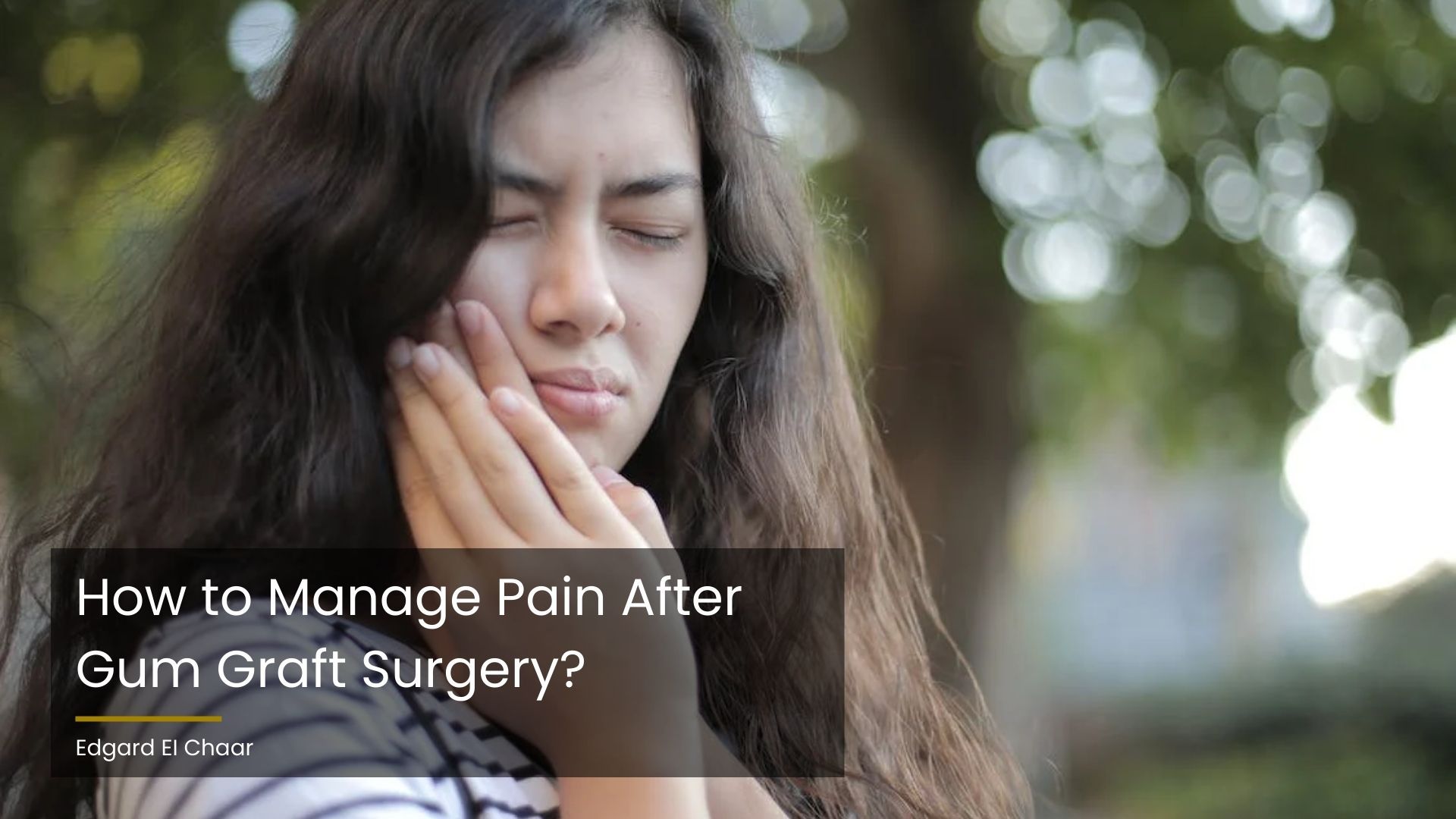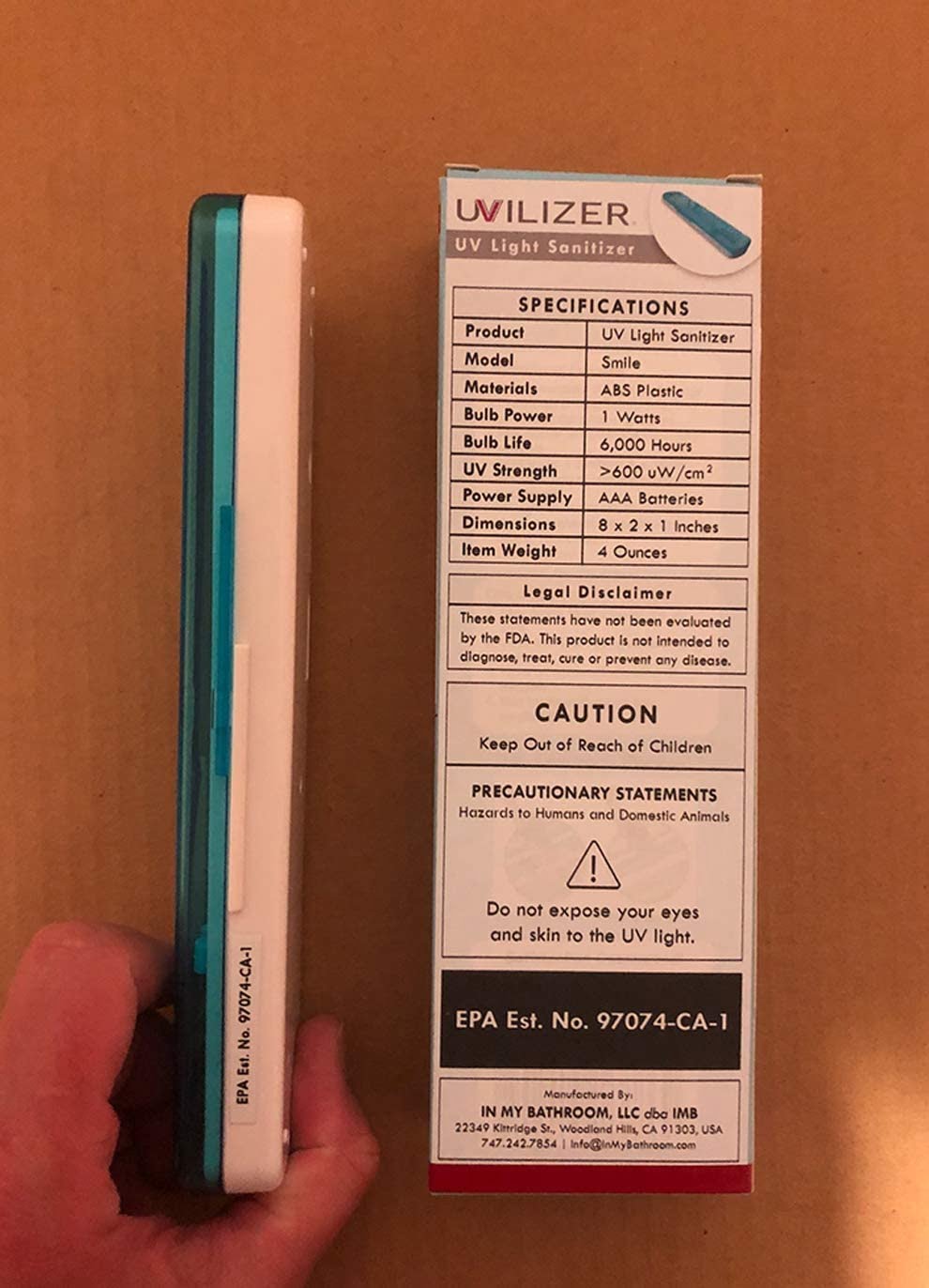8 Gum Graft Tips To Reduce Pain

Gum grafting is a surgical procedure used to repair damaged or receding gums by transplanting healthy gum tissue from one part of the mouth to another. While it’s a common and effective treatment, the thought of undergoing a surgical procedure can be daunting, especially when it comes to the potential pain involved. Fortunately, with the right approach and knowledge, patients can minimize their discomfort and have a smoother recovery. Here are eight tips to help reduce pain after a gum graft procedure.
1. Follow Your Dentist’s Instructions
Your dentist or periodontist will provide you with specific post-operative instructions. Following these instructions to the letter is crucial for minimizing pain and ensuring a smooth recovery. This includes guidelines on medication, diet, oral hygiene, and activities to avoid. By adhering to these instructions, you can significantly reduce the risk of complications that might exacerbate pain.
2. Use Ice Packs
Applying an ice pack to the outside of your cheek near the surgical site can help reduce swelling and pain. Cold compresses constrict blood vessels, which can help minimize bleeding and alleviate pain. However, be sure to wrap the ice pack in a cloth to avoid direct contact with your skin and prevent ice burns.
3. Maintain Good Oral Hygiene
While it might seem counterintuitive, keeping your mouth clean after a gum graft can help reduce the risk of infection, which in turn can reduce pain. Use a soft-bristled toothbrush and mild toothpaste, avoiding the surgical site. Your dentist might also recommend a chlorhexidine mouthwash to reduce bacterial loads.
4. Eat Soft Foods
For the first few days after your gum graft, stick to a diet of soft foods. Avoid spicy, sharp, or hard foods that could irritate the graft site. Soft foods like yogurt, scrambled eggs, and mashed potatoes are ideal. Cold foods can also be soothing, but avoid using straws, as the suction could dislodge the blood clot.
5. Stay Hydrated
Drinking plenty of water is essential for healing. Adequate hydration helps keep your mouth moist, reducing discomfort and the risk of infection. However, remember to drink from a glass rather than through a straw to avoid dislodging the clot.
6. Manage Stress
High levels of stress can exacerbate pain perception. Engage in stress-reducing activities such as meditation, deep breathing exercises, or listening to soothing music. Getting enough rest is also crucial, as fatigue can heighten sensitivity to pain.
7. Consider Professional Pain Management Options
Your dentist or periodontist might prescribe pain medication to help manage discomfort after the procedure. It’s essential to follow the prescribed dosage and schedule. In some cases, over-the-counter pain relievers might be recommended, but always consult with your healthcare provider before taking any medication.
8. Attend Follow-Up Appointments
Following up with your dentist or periodontist as scheduled is vital for ensuring the graft is healing properly and addressing any concerns or issues promptly. These appointments allow for the early detection of complications and the implementation of necessary interventions to prevent pain and ensure a successful outcome.
Conclusion
While gum grafting can be an effective solution for gum recession and other periodontal issues, the prospect of pain can be a significant concern for many patients. By understanding the procedure, following post-operative instructions carefully, and utilizing strategies to minimize pain, individuals can navigate their recovery more comfortably. Remember, each person’s experience with pain is unique, and what works for one person might not work for another. Open communication with your dentist or periodontist is key to finding the right balance of comfort and healing during your recovery.
FAQ Section
How long does it take to recover from a gum graft procedure?
+Recovery time can vary, but most people can return to their normal activities within a few days to a week after the procedure. However, it may take several weeks for the graft to fully heal and integrate with the surrounding tissue.
Is gum grafting painful?
+While some discomfort is expected, the level of pain can vary from person to person. Most patients experience mild to moderate discomfort, which can be managed with pain medication and good oral care practices.
How can I reduce swelling after a gum graft?
+Applying an ice pack to the cheek near the surgical site, keeping your head elevated when lying down, and avoiding strenuous activities can help reduce swelling.
Can I smoke after a gum graft procedure?
+No, it’s highly recommended to avoid smoking for at least a week after the procedure, as smoking can significantly impair the healing process and increase the risk of complications.
How long before I can eat normally after a gum graft?
+Most patients can gradually return to their normal diet within 1-2 weeks after the procedure. However, it’s essential to follow your dentist’s specific dietary advice to ensure proper healing.


